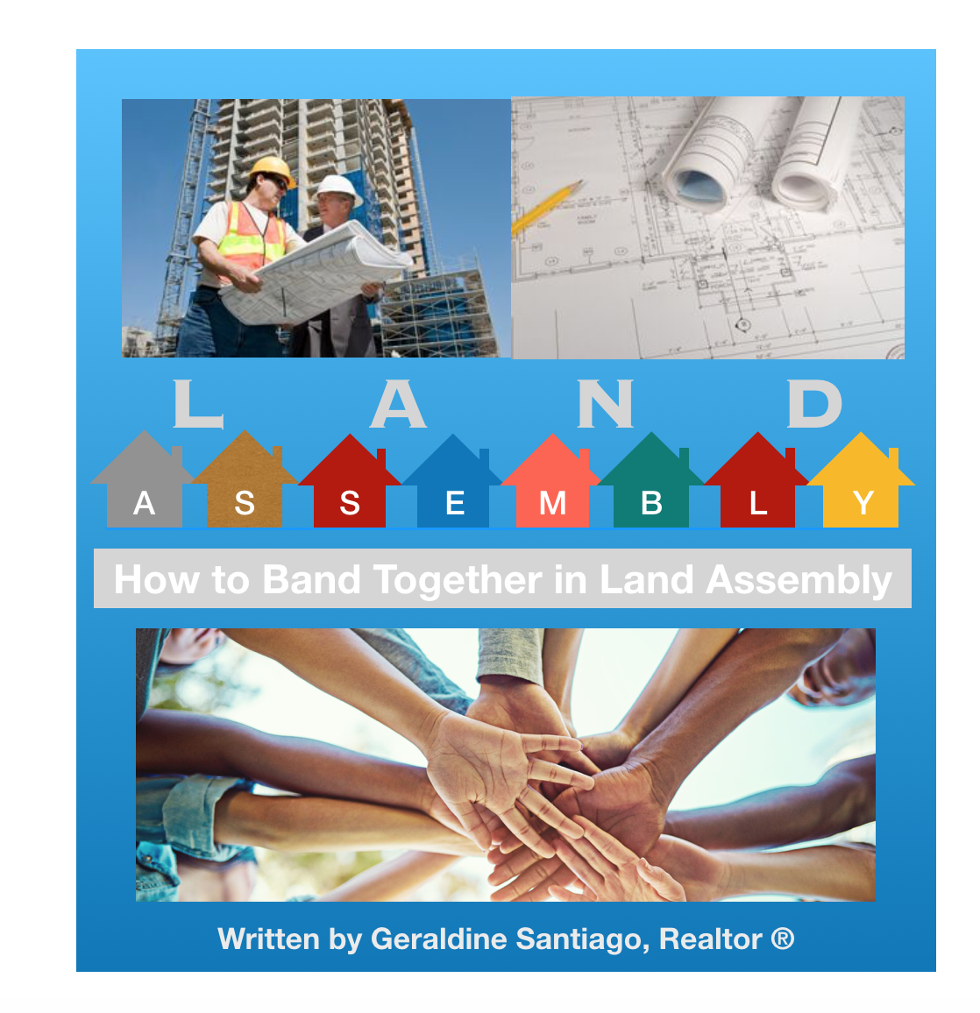
When Realtors place a value on your home, they know the local real estate market statistics, but most importantly, they know the intrinsic nature of the neighbourhood and its surroundings. Your property's location is valued as well its neighbourhood. Values, believe it or not, are placed on whether your neighbourhood has a certain 'cachet' or in other words-- 'neighbourhood appeal'. And these values can either be positive or negative.
In Canada, neighbourhoods with white picket fences, rather than chain linked fences, have positive values. Neighbourhoods with well established and leafy trees and foliage, rather than that of a newly developed area without any greenery or landscaping whatsoever, have a positive value.
Examples of negative values are being too close to train tracks, power lines, a grow op, crack house, and even a bad neighbour with overgrown lawn and unsightly garbage and junk that can be seen in plain view.
Homes that are located on quiet neighbourhoods, traffic calming streets, or neighbourhoods with a cul-de-sac or no through roads (because they are more quiet and private) than those properties on a main street with a lot of traffic and noise, have positive values. In addition, properties with close proximity to public transit, public schools, parks and community amenities also have positive values.
A website and app called Walkscore.com rates a neighbourhood's 'walkability', and whether you can accomplish day-to-day errands such as buying groceries, going to the bank, restaurants, and local stores on foot in a certain neighbourhood.
According to Walkscore.com, New York’s walkability has a score of 88 (out of 100), though the neighbourhoods of Little Italy and Chinatown score 100. The city of Greater Vancouver scores at 78 but Kitsilano is Vancouver’s fourth most walkable neighbourhood with a score of 89. Listing agents use these analytics to showcase a property's neighbourhood with a higher number on the Walk Score chart adding more value to a property.
"Bike Score" and "Pedestrian Friendliness" are also tracked, with higher metrics influencing property values in a positive manner. The data presented with these metrics also suggests that the higher the scores, the healthier the residents are (more active lifestyle). In short, this translates to a more desirable neighbourhood.
For first time home buyers, neighbourhoods with a designated sidewalk is important. More and more millenials are choosing pedestrian friendly neighbourhoods, with access to public transit stations. According to an article in BIV in January 2017, an ICBC report stated that there are fewer car owners in British Columbia. However, this does not mean that they are not driving. It is important to note that ride share such as Evo, Car2Go are very popular. There is a decline in car ownership because of its associated costs to own, maintain, park and fuel.
We have seen a growing number of smaller grocery stores like IGA and No Frills popping up in neighbourhoods as well as Pure Pharmacy as opposed to big box stores like Costco and Walmart. The need for smaller, self-contained boutique type establishments- a local butcher, organic farmer's market, bakery are now popular because of their location being close to apartment complex and residences.
How do first time home buyers choose their neighbourhood? Most often then not, it's price points that determine the neighbourhood they are in. Find out from your Realtor® whether or not your chosen neighbourhood has all the attricutes you are looking for.

Geraldine Santiago is a RE/MAX Realtor® licensed in both residential and commercial real estate services, specializing in land assembly projects and land acquisition.She is a published author of three real estate reference books for Self-Counsel Press Ltd. namely the "Complete Home Buyer's Guide for Canadians", "Selling Your Home I Canada" and "Buy and Sell a Recreational Property in Canada" and her recently self-published ebook "How to Band Together with Neighbours in Land Assembly", 2018. She is known for seminars on real estate trends in buying and selling in metro Vancouver.


